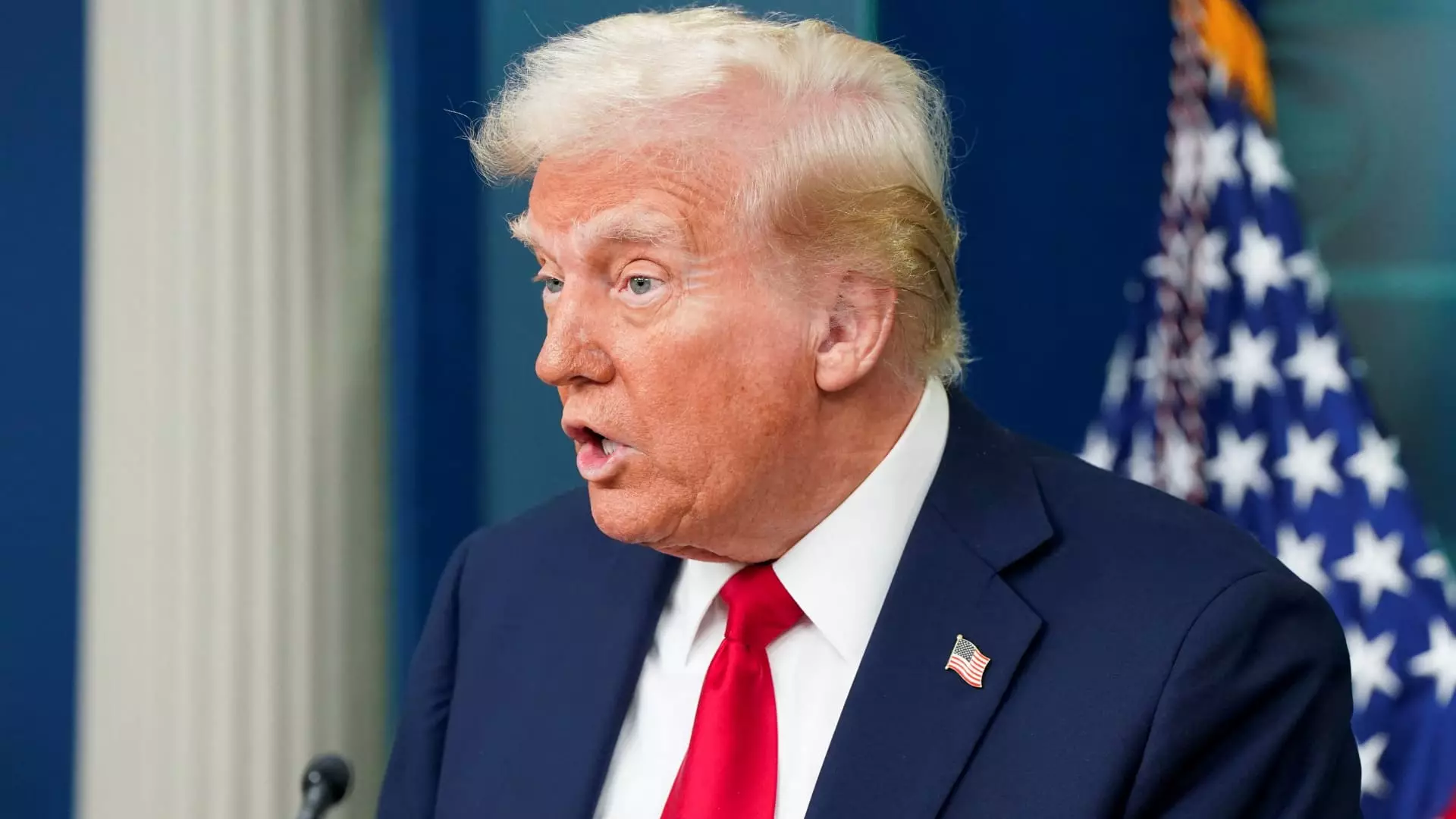On a somber Thursday, the tragic midair collision between an American Airlines regional jet and an Army Black Hawk helicopter above Washington, D.C. elicited a rapid response from former President Donald Trump. While the incident resulted in the tragic loss of life, Trump’s rhetoric shifted from condolences to political accusations, sparking significant debate about the appropriateness of such reactions amid tragedy.
The collision, which occurred shortly before 9 PM on Wednesday night, claimed the lives of all 64 passengers aboard the regional jet and three service members on the helicopter. With no survivors, the immediate transition from a rescue to a recovery operation underscored the severity of the accident. Officials from D.C. Fire and EMS confirmed the recovery of at least 28 bodies from the Potomac River, an indication of the dire consequences of the incident. The public’s attention turned from the technical aspects of aviation safety to the human cost of such tragedies—a perspective that seems to have been lost in the subsequent political discourse.
President Trump’s remarks, made from the White House, quickly drew a partisan line. By linking the tragedy to former President Joe Biden’s diversity initiatives, Trump appeared to exploit the situation for political gain, a common strategy in his approach. He suggested that Diversity, Equity, and Inclusion (DEI) measures could somehow bear responsibility for the crash, a claim that lacked substantial evidence. This move not only overshadowed the mourning but also highlighted a deeper issue in American politics where significant events are sometimes weaponized for rhetorical purposes rather than addressed with solemnity and reflection.
Trump’s comments raised questions regarding accountability in aviation operations. His query about why the helicopter did not evade the airplane or why air traffic control didn’t intervene sooner echoed a broader frustration with systems and protocols that are designed to protect air travel. However, the timing of these inquiries, posited amid political banter, could be seen as detrimental. Instead of allowing time for investigation and a comprehensive understanding of the incident, Trump’s call for immediate answers could hinder the delicate process of uncovering the facts.
Initially, Trump expressed condolences, an expected response in the wake of such a tragedy. However, his subsequent pivot to criticize media questions about his premature statements on the investigation contradicts the gravitas expected of public figures during moments of communal grief. The frustration expressed towards reporters indicates a reluctance to engage with the complexity of the incident, focusing instead on securing political capital from public sentiment surrounding a tragic event.
This event has illuminated the shifting landscape of political discourse in the United States. Rather than allowing a collective mourning period to dominate the narrative, the incident saw a swift transition into partisan finger-pointing. As millions were shocked by the news, the response from high-profile figures like Trump sets a concerning precedent for how future tragedies may be addressed.
The tragic midair collision above Washington, D.C. represents not only a catastrophic loss of life but also a reflective moment in the intricate dance of politics and public response. The urgency of political narratives must yield to the sober assessment of human cost and safety, allowing for a discourse that honors the victims rather than exploits their misfortune.

